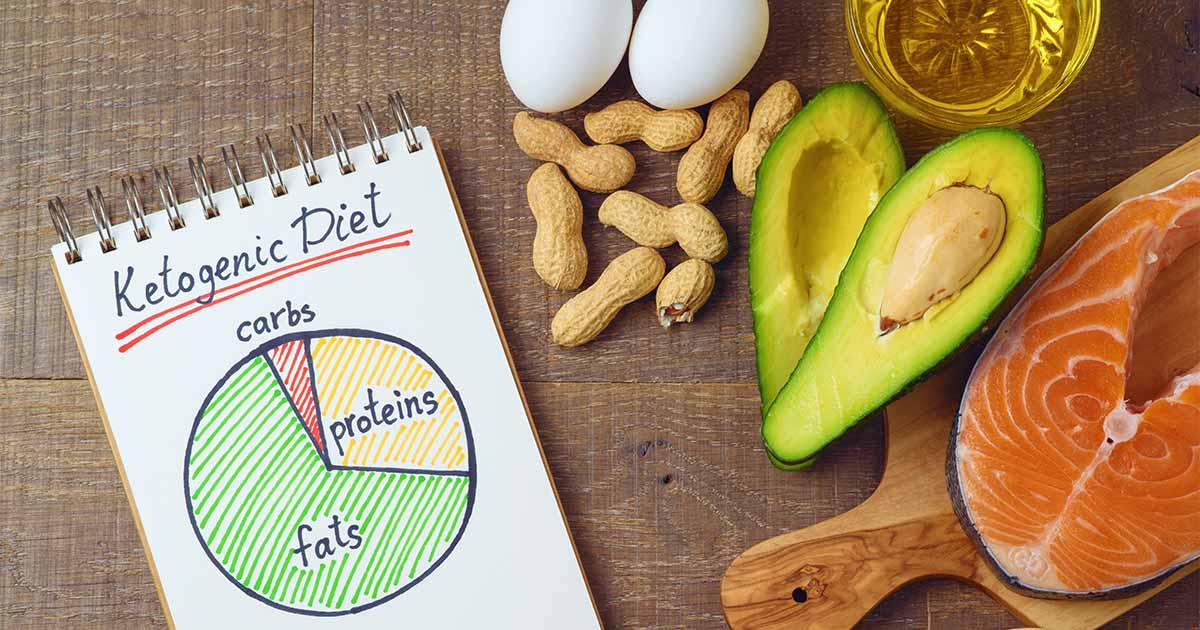What Is The Ketogenic Diet?
The ketogenic diet is low in carbohydrates, such as starches and sugars, and high in healthy fats from meats and fish. Unlike the standard Westernized diet, which contains anywhere from 45 to 65 percent of the calories from carbohydrates, the ketogenic diet limits carbohydrates to only 2 to 4 percent of total calories.
A typical meal on the ketogenic diet is similar to the Paleo diet. It includes a 3.5 ounce serving of protein such as meat or fish that has been cooked in natural fats, including olive oil, cream, coconut oil or butter. It is paired with a side dish that usually includes a non-starchy vegetable such as kale or spinach.
What Are Ketones?

The liver begins to produce Ketones and release them into the bloodstream where they can be used as a source of energy. The body begins producing ketones as it starts to burn fat for energy or when there is not enough insulin in the body to convert burn sugar as energy. It is also known as ketosis when the body begins using ketones as the source of energy.
Although the body can mainly rely on ketones for energy, it still needs energy from sugars, which is why there is a limited carbohydrate intake of approximately 30 grams per day. However, every gram of dietary fiber counts against a gram of carbs. Therefore, if one eats 15 grams of dietary fiber, they can consume 45 grams of carbs.
Continue reading to learn more about how the body produces ketones, what healthy fats to eat, and much more.
